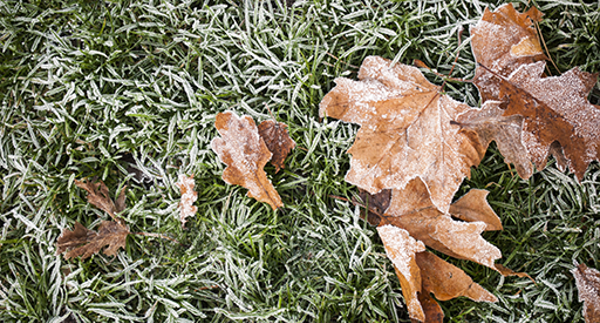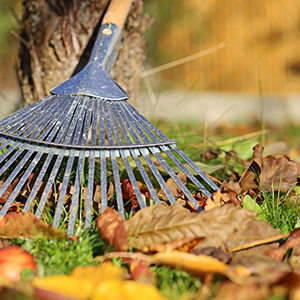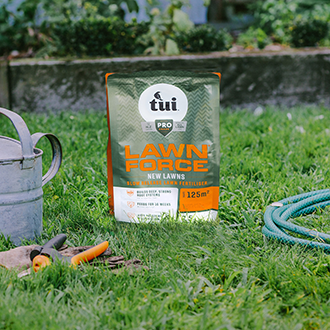
In winter grass growth slows and there is less mowing and feeding to be done.
Follow our tips for maintaining your lawn through winter.
Keep in mind however cool climate grasses such as perennial rye, brown top, Tall Fescue and Kentucky Blue Grass are still active as they tolerate cooler temperatures, higher rainfall and lower light levels. Warm season grasses such as couch, buffalo grass and kikuyu become active when temperatures start reaching 20 degrees.
Regular mowing
- In winter lawns still need mowing, just not as frequently. Don’t stop mowing completely as this can lead to fungal diseases and weed invasion. Every 3-4 weeks is good but will depend upon the type of lawn you have.
- Mow on a dry day on a higher setting to help the lawn wear better through winter, increasing leaf area, maximising sunlight absorption.
- Use a catcher rather than mulching mower to prevent fungal disease and the rotting grass killing the lawn.
Maintenance
- Rake up fallen leaves, if left on the lawn they can kill the grass.
- In winter with the sun lower in the sky trees can shade the lawn. While some grasses tolerate low light levels, most lawns don’t tolerate deep shade for long periods. Prune low hanging branches that are over-shadowing the lawn to let more light through.

Feeding
- The best times to feed lawns are spring, summer and autumn when lawns are actively growing.
- In warmer regions in winter lawn fertiliser can be applied to help stimulate root growth for a more resilient lawn that will better survive the dry summer months. Use a fertiliser low in nitrogen such as Tui LawnForce New Lawns that works by stimulating soil microbial activity and root growth and not soft growth that could be susceptible to fungal disease.
- Tui Organic Seaweed Plant Tonic is beneficial for lawns to stimulate root growth and improve resistance to fungal disease. Applications will help lawns tolerate adverse weather and temperature fluctuations for a head start in spring.
Frost
- Avoid walking on a frosted lawn, frost can be hosed off before the sun hits the lawn. Kikuyu lawns turn brown after frost, but will bounce back quickly in spring.

Moss control
- First find the reason for the moss. It could be due to waterlogged poorly drained soils, the shady south side of the house, soil becoming compacted due to heavy use, insufficient fertilising, mowing too close or not frequently enough.
- Moss in lawns can be controlled by applying Tui Moss Control or Tui Lawn Fertiliser which both contain Sulphate of Iron. The moss will however reappear if the reason for the moss being there in the first place is not remedied.
Healthy lawns
- Wash mower blades to prevent disease and weeds spreading.
- Sharpen mower blades to give a better cut.
- Turn off automatic watering and water as and when required. Lawns may still need watering in winter to maintain the green haze, however overwatering can lead to fungal diseases.
